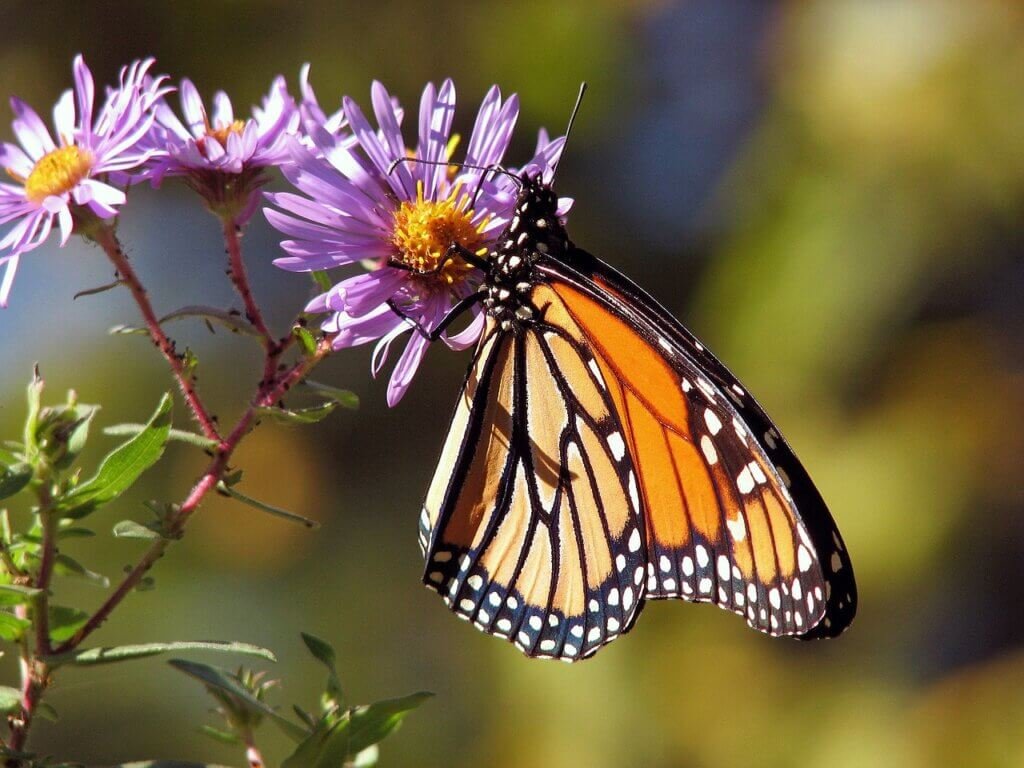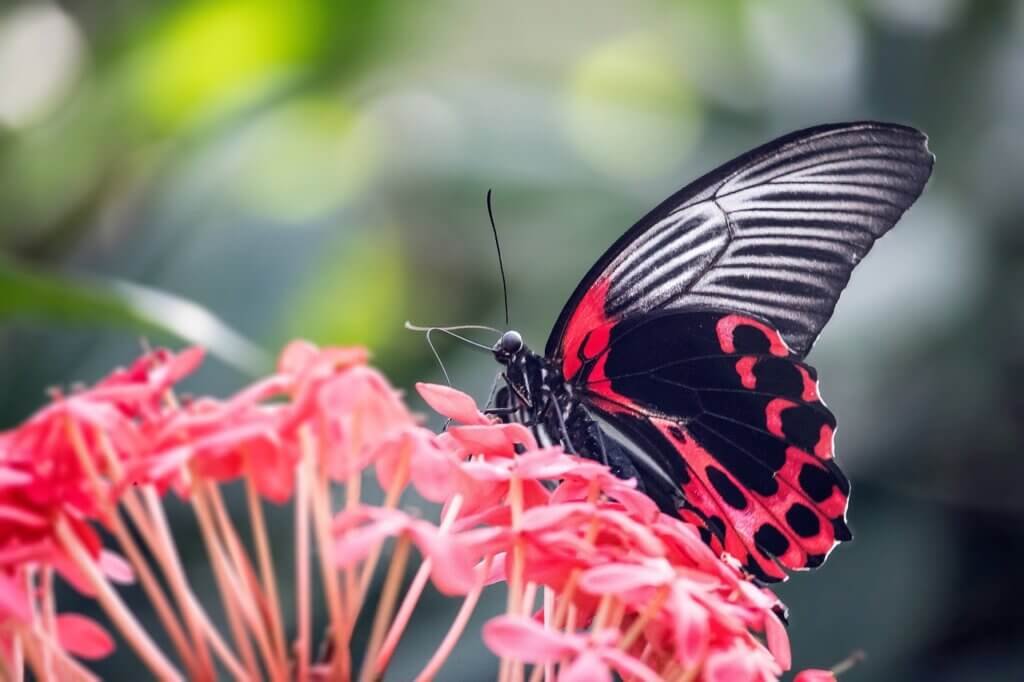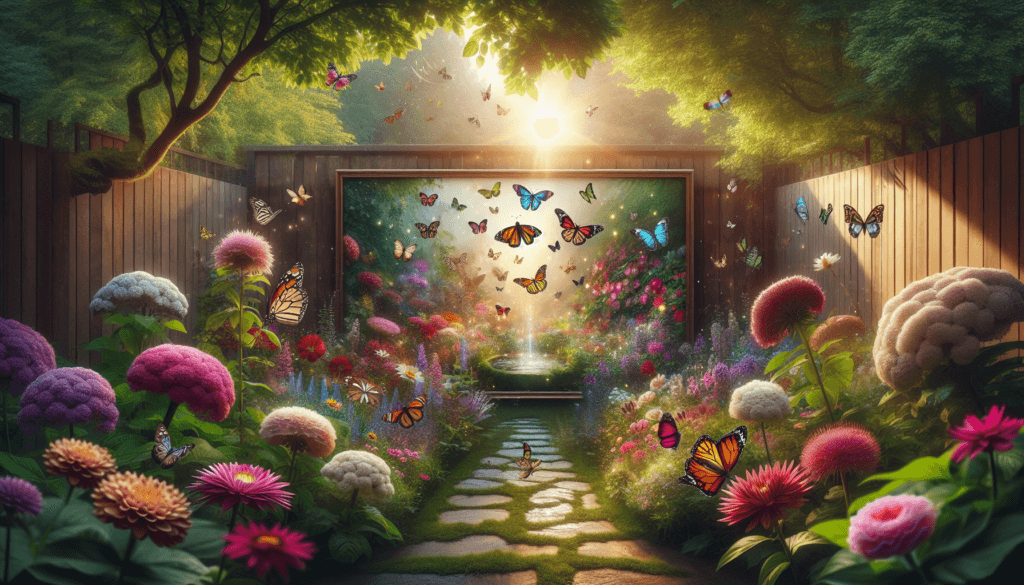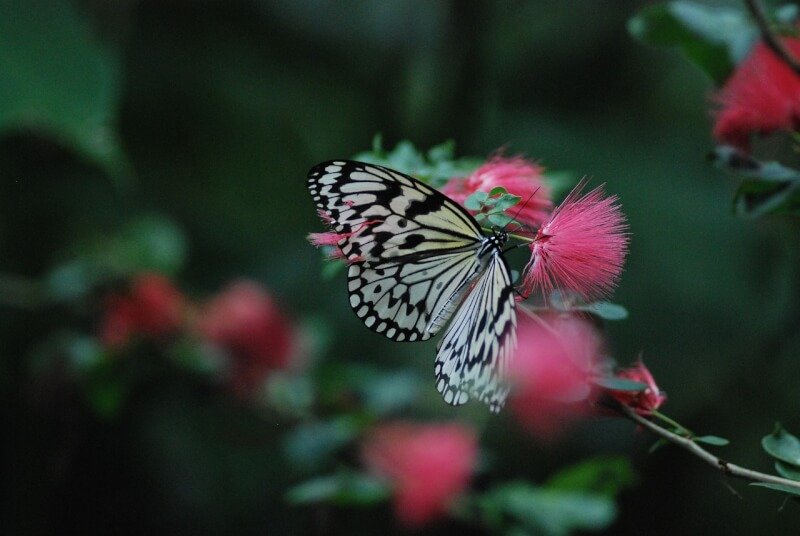Imagine stepping outside into your backyard and being greeted by the enchanting sight of butterflies fluttering gracefully around colorful flowers. Creating a butterfly garden in your yard is not only a beautiful addition to your outdoor space, but it also plays a crucial role in supporting these delicate creatures and their life cycle. By carefully selecting the right plants, providing food and water sources, and creating a welcoming habitat, you can easily create your own haven for butterflies to thrive. In this article, we will guide you through the essential steps to create a butterfly garden in your yard, allowing you to bring these captivating creatures closer to your home and embrace the magic of nature.
Choosing a Location
Sunlight Requirements
When selecting a location for your butterfly garden, it’s important to consider the sunlight requirements. Butterflies are attracted to bright and sunny areas, so choose a spot in your yard that receives at least six hours of direct sunlight per day. This will ensure that the butterflies have ample warmth and sunlight to thrive.
Protection from Wind
Butterflies are delicate creatures and strong winds can be detrimental to their well-being. When choosing a location for your garden, it’s important to provide some form of protection from the wind. This can be achieved by planting tall shrubs or installing a fence or trellis that can act as a windbreak. By providing a sheltered area, you will create a safe haven for the butterflies to flutter about undisturbed.
Access to Water Sources
Water is essential for butterflies to survive and thrive. While they obtain most of their hydration from nectar, they also require access to water sources for drinking and bathing. Consider incorporating a birdbath or creating shallow puddling areas in your garden to provide these vital water sources. It’s important to avoid standing water and ensure that any water features are regularly cleaned to prevent contamination.
Researching Butterfly Species
Identify Native Butterflies
To create a successful butterfly garden, it’s crucial to research and identify the native butterfly species in your area. Different species have different preferences in terms of food sources, host plants, and habitats. By familiarizing yourself with the native butterflies in your region, you can design a garden that specifically caters to their needs.
Learn about their Host Plants
Butterflies lay their eggs on specific host plants, which serve as food sources for their caterpillars. Research the host plants that are favored by the native butterflies in your area and incorporate them into your garden. Providing the right host plants will not only attract butterflies to your garden but also support their entire life cycle, from egg to caterpillar to butterfly.
Determine Preferred Nectar Sources
In addition to host plants, butterflies also require nectar sources for adult butterflies to feed on. Research the preferred nectar sources of the native butterflies in your region and choose a variety of plants that will provide a continuous blooming season. By offering a diverse selection of nectar-producing plants, you will attract a wider range of butterflies to your garden.

Designing the Garden
Creating Butterfly-friendly Habitats
When designing your butterfly garden, it’s important to create habitats that are appealing to butterflies. Butterflies are attracted to diverse environments with a mix of open spaces, flowering plants, and a variety of heights. Include areas of open ground, patches of wildflowers, and shrubs with dense foliage to provide different habitats for butterflies to explore and rest.
Providing Shelter and Roosting Areas
Butterflies need sheltered areas to rest and roost, especially during windy or inclement weather. Incorporate structures and plants that provide shelter, such as tall grasses, shrubs, or trellises. These will create protected spots for butterflies to rest and seek refuge during adverse conditions.
Planning for Continuous Blooms
To attract a constant stream of butterflies, it’s important to plan for continuous blooms throughout the year. Choose a variety of flowering plants that bloom at different times to provide a consistent food source for the adult butterflies. This will ensure that your garden remains attractive to butterflies throughout the seasons.
Choosing Plants
Selecting Native Species
When choosing plants for your butterfly garden, prioritize native species. Native plants have co-evolved with native butterflies and are well-suited to their needs. They provide familiar and abundant sources of nectar and host plants, which will attract a greater number of butterflies to your garden. Native species also tend to be hardier and more resistant to pests and diseases.
Considering Butterfly Larvae and Host Plants
In order to support the entire life cycle of butterflies, it’s important to include host plants that cater to the specific needs of butterfly larvae. These plants will serve as food sources for the caterpillars and support their growth and development. Research the host plants favored by the native butterflies in your area and ensure they are included in your garden.
Variety of Nectar-producing Plants
To attract a diverse range of butterfly species, include a variety of nectar-producing plants in your garden. Different species have different preferences, so offering a wide selection of plants will cater to the tastes of a greater number of butterflies. Choose plants with different colors, shapes, and sizes to create an enticing buffet of nectar sources for visiting butterflies.

Preparing the Soil
Testing Soil pH and Composition
Before planting your butterfly garden, it’s important to test the soil pH and composition. Different plants have different soil requirements, so understanding the characteristics of your soil will help you choose the right plants for your garden. Soil testing kits are readily available and can provide valuable insights into the pH levels and nutrient content of your soil.
Adding Organic Matter
To improve the quality of your soil and provide essential nutrients for your plants, incorporate organic matter into the soil. This can be done by adding compost, well-rotted manure, or other organic materials. Organic matter helps improve soil structure, increases water retention, and provides a steady release of nutrients over time.
Mulching to Retain Moisture
Mulching is an important step in preparing the soil for your butterfly garden. Apply a layer of organic mulch, such as wood chips or straw, around your plants to help retain moisture, suppress weed growth, and regulate soil temperature. Mulching also helps enhance the appearance of your garden by giving it a neat and tidy look.
Planting the Garden
Arranging Plants for Optimal Growth
When planting your butterfly garden, consider the growth habits and requirements of the plants. Arrange taller plants towards the back of the garden to provide a backdrop and prevent overshadowing of smaller plants. Place shorter plants towards the front to create visual interest and allow easier access for butterflies to feed on the flowers.
Spacing and Grouping for Visual Appeal
To create a visually appealing butterfly garden, pay attention to the spacing and grouping of your plants. Leave enough space between plants to allow for proper airflow and prevent overcrowding. Group plants with similar colors or bloom times together to create attractive clusters that will catch the eye of visiting butterflies.
Planting in Layers
To maximize the use of space and create a lush and vibrant garden, consider planting in layers. Plant taller perennials or shrubs towards the back, medium-sized flowers in the middle, and low-growing groundcovers or annuals towards the front. This layering technique adds depth and dimension to your garden while providing a variety of habitat options for butterflies.

Providing Water Sources
Installing Birdbaths or Shallow Puddling Areas
Water is essential for butterflies, so it’s important to provide easy access to water sources in your garden. Installing a birdbath or creating shallow puddling areas can fulfill this need. Butterflies are attracted to shallow water sources where they can sip and drink. Be sure to keep the water clean and shallow enough to prevent accidental drowning.
Avoiding Standing Water and Pesticide Contamination
While it’s important to provide water sources for butterflies, it’s equally important to avoid creating standing water that can become breeding grounds for mosquitoes. Ensure that any water features in your garden are properly maintained and regularly cleaned. Additionally, make sure to avoid using any pesticides or chemicals near the water sources as they can be harmful to the butterflies.
Maintaining Hydration
To keep your butterfly garden thriving, it’s crucial to maintain proper hydration. Regularly water your plants, especially during dry spells or hot weather, to ensure that they remain healthy and provide a continuous supply of nectar for the butterflies. Proper hydration will not only attract butterflies but also support the overall health and vitality of your garden.
Maintaining and Monitoring
Pruning and Deadheading Flowers
Regular maintenance is essential for the health and appearance of your butterfly garden. Prune your plants as needed to remove dead or damaged leaves, flowers, and stems. Deadhead flowers to encourage continuous blooming and prevent the plants from expending energy on seed production. This will ensure that your garden remains attractive and inviting to butterflies.
Managing Weeds and Pests
Keep an eye out for weeds that may compete with your plants for nutrients and resources. Regularly remove weeds by hand, taking care not to disturb any butterfly eggs or caterpillars that may be present. Monitor your plants for any signs of pests and employ organic pest control methods, such as companion planting or hand-picking, to minimize damage to your garden.
Monitoring Caterpillar and Chrysalis Development
One of the joys of having a butterfly garden is witnessing the transformation of caterpillars into chrysalides and eventually into butterflies. Keep a close eye on your plants for any signs of caterpillars or chrysalides. Take care not to disturb or harm them during your garden maintenance activities. By providing a safe and nurturing environment, you can support the complete life cycle of butterflies in your garden.

Avoiding Chemicals
Using Organic Alternatives for Pest Control
To protect the butterflies and other beneficial insects in your garden, it’s important to avoid the use of harmful chemicals. Instead, opt for organic alternatives for pest control. Companion planting, insecticidal soaps, and biological controls, such as beneficial insects or nematodes, can help manage pests without causing harm to the butterflies or the ecosystem of your garden.
Avoiding Harmful Pesticides
Many commercial pesticides can be toxic to butterflies and other beneficial insects. Avoid using pesticides that contain neonicotinoids or other harmful chemicals. These pesticides can be absorbed by the plants and can have devastating effects on butterflies and their larvae. Instead, focus on creating a healthy and balanced ecosystem in your garden that naturally keeps pests in check.
Eliminating Herbicide and Fungicide Usage
In addition to avoiding harmful pesticides, it’s important to eliminate the use of herbicides and fungicides in your butterfly garden. These chemicals can have unintended consequences on the health and well-being of butterflies, as well as other beneficial organisms. Embrace natural methods of weed and disease control, such as mulching, hand weeding, and proper plant care, to create a chemical-free environment.
Creating Butterfly-friendly Extras
Adding Rocks and Basking Spots
Butterflies often enjoy basking in the sun to warm their wings and regulate their body temperature. By adding rocks or flat surfaces in your garden, you can provide basking spots for butterflies to rest and recharge. Place these rocks or surfaces in sunny areas and watch as the butterflies take advantage of these welcoming spots in your garden.
Including Fruit Feeding Stations
Some butterfly species, such as the Eastern Tiger Swallowtail or Red-spotted Purple, enjoy feeding on overripe fruits. Include a fruit feeding station in your garden by placing overripe fruits, such as bananas or oranges, on a raised platform or hanging them from a string. This additional food source will attract a wider variety of butterflies to your garden.
Installing Butterfly Houses or Roosting Boxes
If you want to provide additional shelters and roosting spots for butterflies, consider installing butterfly houses or roosting boxes in your garden. These structures mimic natural crevices or holes where butterflies can seek shelter and spend the night. Place them in quiet and sheltered areas of your garden, and you may be delighted to find butterflies utilizing these cozy accommodations.
Creating a butterfly garden in your yard is a rewarding and fulfilling endeavor. By following these steps and incorporating these tips, you can attract a wide variety of butterflies to your garden and provide them with a safe and nurturing environment. Enjoy the beauty and wonder of these magnificent creatures as they flutter about in your very own butterfly haven!



